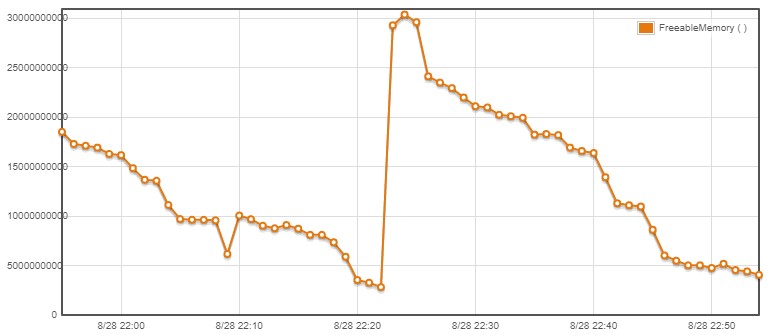AWS Database Blog
Migrate Apache Cassandra databases to Amazon DynamoDB more easily
Customers tell us that migrating data between different database engines—also known as a heterogeneous migration—can be challenging and time consuming. Some customers such as Samsung had to figure out on their own how to migrate their Apache Cassandra databases to Amazon DynamoDB (see Moving a Galaxy into the Cloud: Best Practices from Samsung on Migrating […]
AWS DMS now supports R4 Type Instances and learn to choose the right instance AWS DMS migrations
We are happy to announce support for R4 memory-optimized instances of Amazon EC2 in AWS Database Migration Service (AWS DMS). These instances come with more memory and higher network bandwidth to help support migrations requiring higher throughput and memory-intensive operations. Here you can see the lineup of instances that is supported in DMS. Now that […]
Schema Conversion Tool blog series: Introducing new features in build 613
The AWS Schema Conversion Tool (AWS SCT) helps convert your existing database schema from one database engine to another. You can convert from a relational OLTP schema or any supported data warehouse OLAP schema to Amazon RDS (for example, Amazon Aurora MySQL or Amazon Aurora PostgreSQL, among others). You can also convert from a relational […]
Introducing Ongoing Replication from Amazon RDS for SQL Server Using AWS Database Migration Service
We are excited to announce a new feature in AWS Database Migration Service (AWS DMS) and Amazon RDS for SQL Server that supports ongoing replication from Amazon RDS for SQL Server sources. AWS DMS helps you migrate databases to AWS quickly and more securely. It also helps you migrate data within AWS. You can migrate […]
Debugging Your AWS DMS Migrations: What to Do When Things Go Wrong? (Part 3)
Let’s start with a quick recap from our previous posts, Debugging Your AWS DMS Migrations: What to Do When Things Go Wrong, Part 1 and Part 2. There, we cover the initial steps to take to debug your AWS Database Migration Service (DMS) migrations for environmental issues and to use Amazon CloudWatch metrics to identify […]
Debugging Your AWS DMS Migrations: What to Do When Things Go Wrong (Part 2)
In our previous post, we covered the initial steps to debug AWS Database Migration Service (DMS) migrations for environmental issues. In this post, we continue the debugging process, discussing problems with migration tasks that aren’t in the list preceding and that aren’t due to environmental issues. We review CloudWatch graphs and task and table states to shed light on DMS migrations.
Debugging Your AWS DMS Migrations: What to Do When Things Go Wrong (Part 1)
This post walks you through a troubleshooting flow chart to help you understand what could go wrong with migrations using AWS DMS, and it discusses best practices for debugging your AWS DMS migrations. This process involves creating the required AWS DMS components—like the replication instance, source and target endpoints, and the replication task to migrate data from the source endpoint to the target endpoint.





